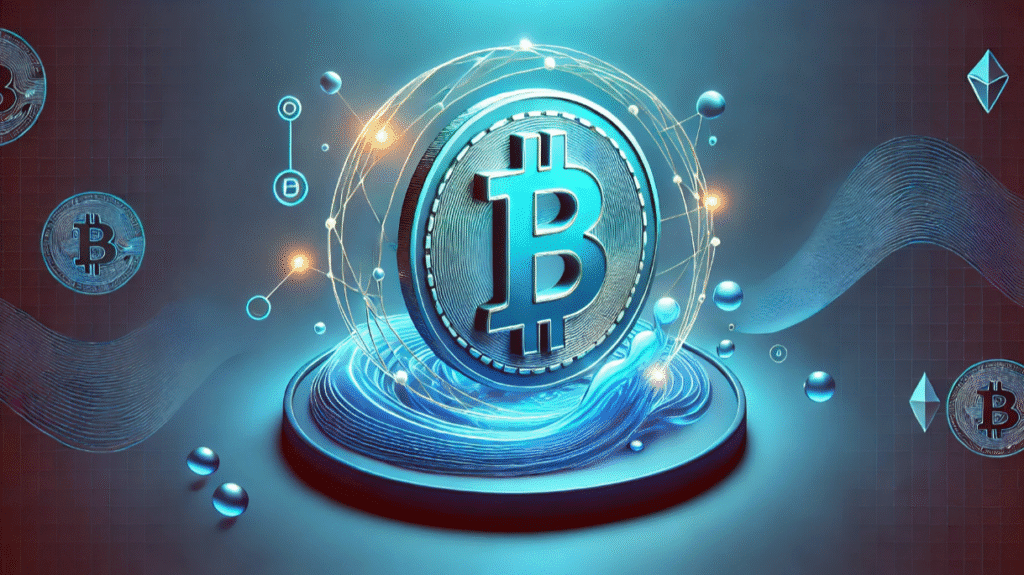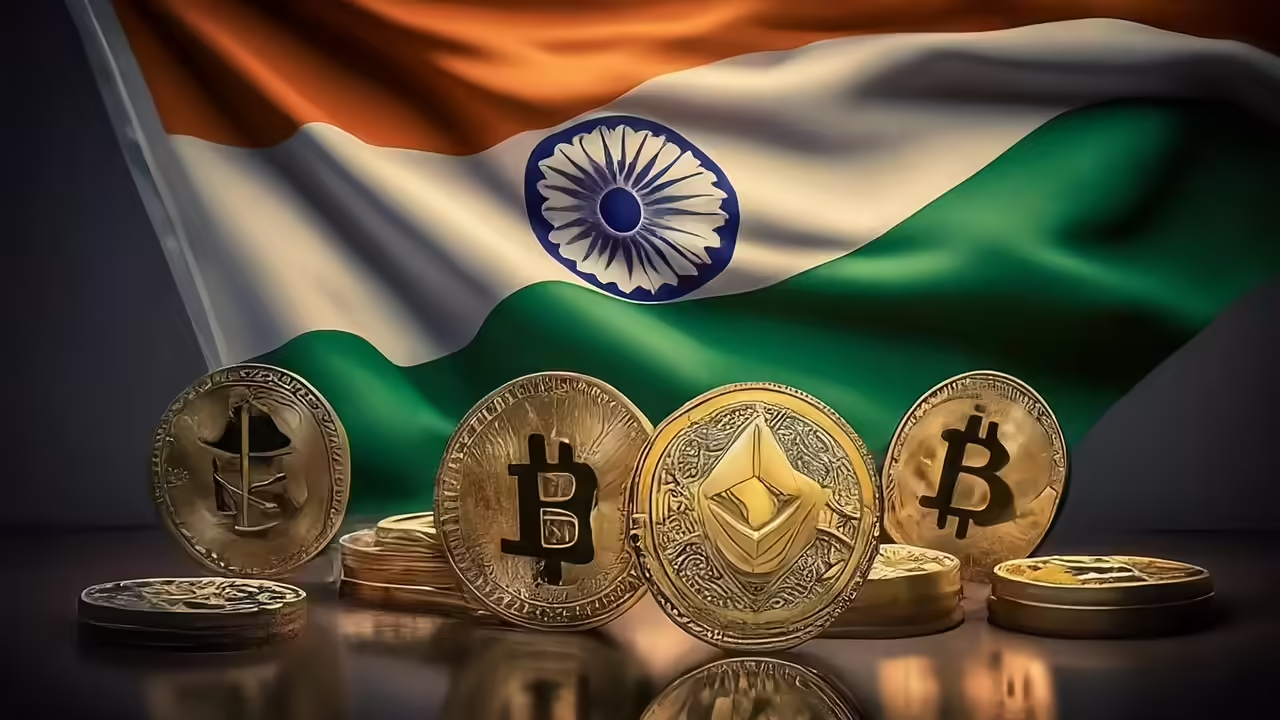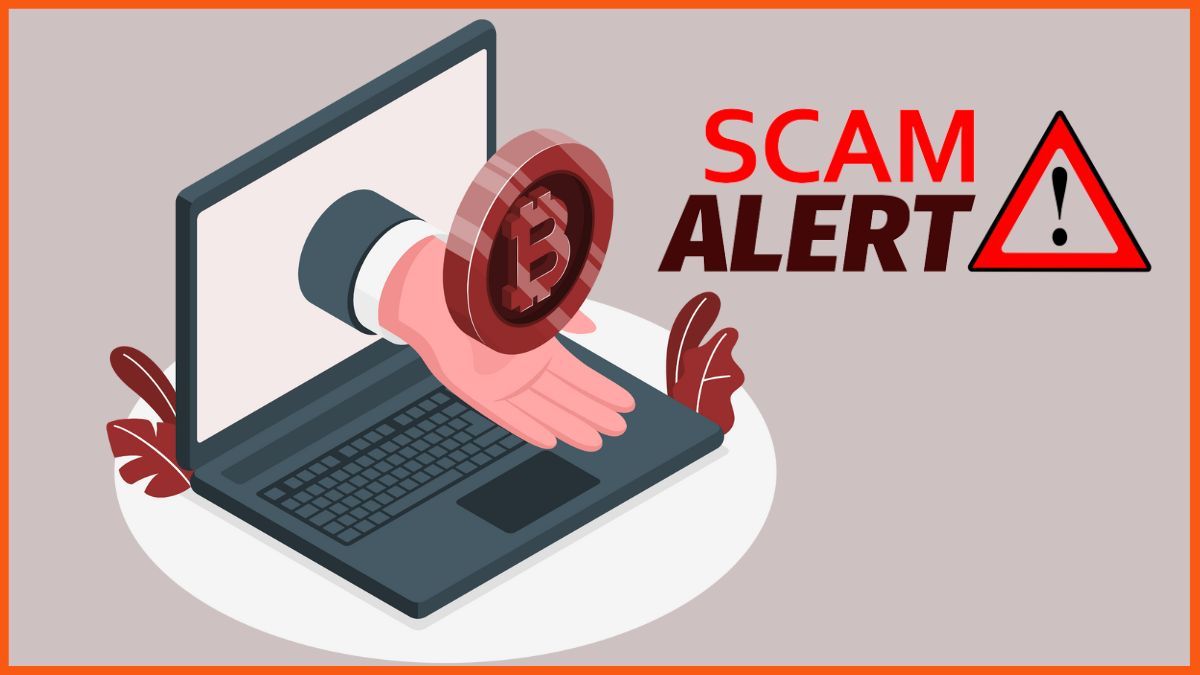Now Reading: Stablecoins in India: Promise and Peril for Digital Payments
-
01
Stablecoins in India: Promise and Peril for Digital Payments
Stablecoins in India: Promise and Peril for Digital Payments

Stablecoins, digital currencies linked to real-world assets like the US dollar, are gaining attention worldwide. Unlike volatile cryptocurrencies such as Bitcoin, their value remains steady, making them attractive for payments and transfers. In India, where digital transactions have become a part of daily life through UPI and mobile wallets, the rise of stablecoins sparks a debate on whether they can complement or challenge existing systems.
For Indian users, especially in Tier 2 cities, the potential benefits are clear. Stablecoins can make cross-border payments faster and cheaper, reducing dependence on traditional banks and currency exchanges. Migrant workers sending money home could save on fees, and small businesses trading with international partners could benefit from smoother transactions. The idea of holding a stable digital asset also appeals to those wary of crypto’s volatility.
But the risks cannot be ignored. Regulators fear that widespread use of stablecoins might weaken the role of the Indian rupee. If people start preferring dollar-backed stablecoins over local currency, it could affect monetary control and financial stability. There are also concerns about misuse for illegal transactions and the lack of strong safeguards for ordinary investors. Unlike UPI, which is government-backed and tightly monitored, stablecoins operate in a less controlled space.
Banks and policymakers also worry about the impact on India’s payment ecosystem. UPI has become a global success story, offering free and instant transactions across the country, even in small towns. If stablecoins gain popularity, they could compete with or even bypass UPI, raising questions about security, transparency, and long-term economic impact.
At the same time, some experts see an opportunity for India to innovate. By creating its own regulated stablecoin or strengthening the digital rupee project, the government could combine the efficiency of blockchain with the trust of central oversight. This approach would allow India to stay ahead in the global financial shift without compromising stability.
The rise of stablecoins presents India with a tough balancing act. For everyday users, they promise speed and convenience, but they also carry hidden risks that could reshape the financial system. The future of stablecoins in India will depend on whether policymakers can strike the right balance between innovation and control, ensuring that digital money works for the people without weakening the economy.

























